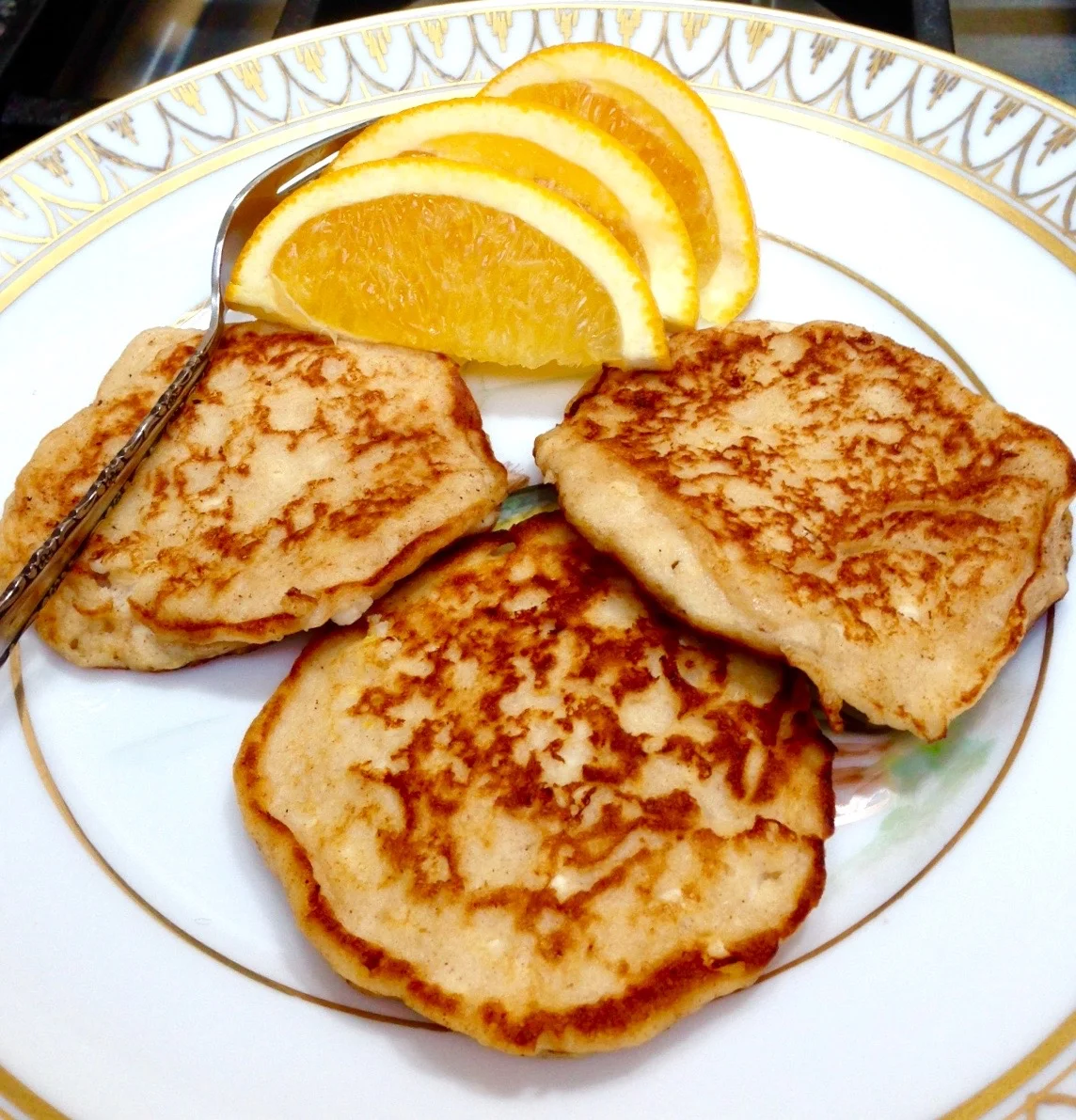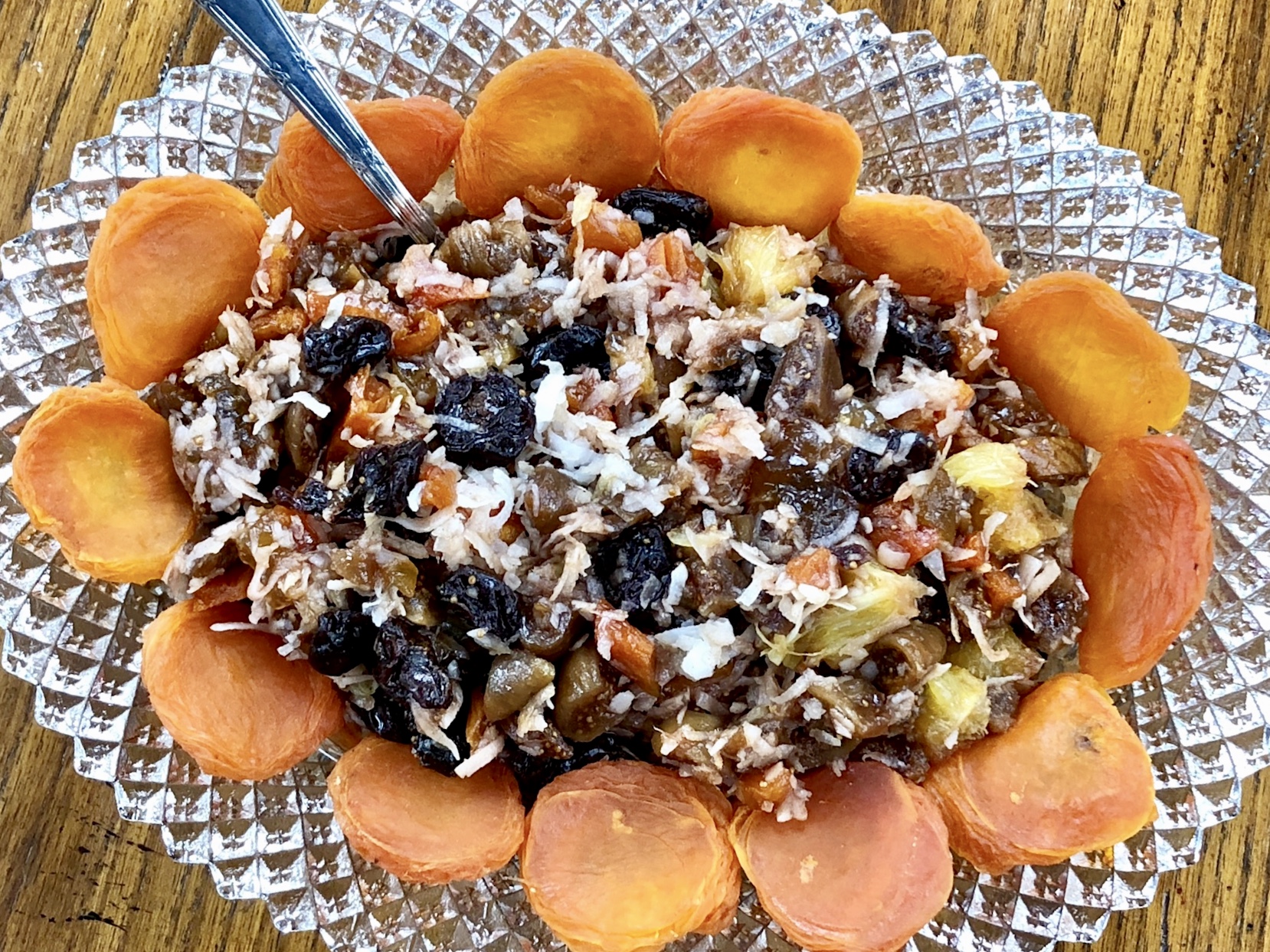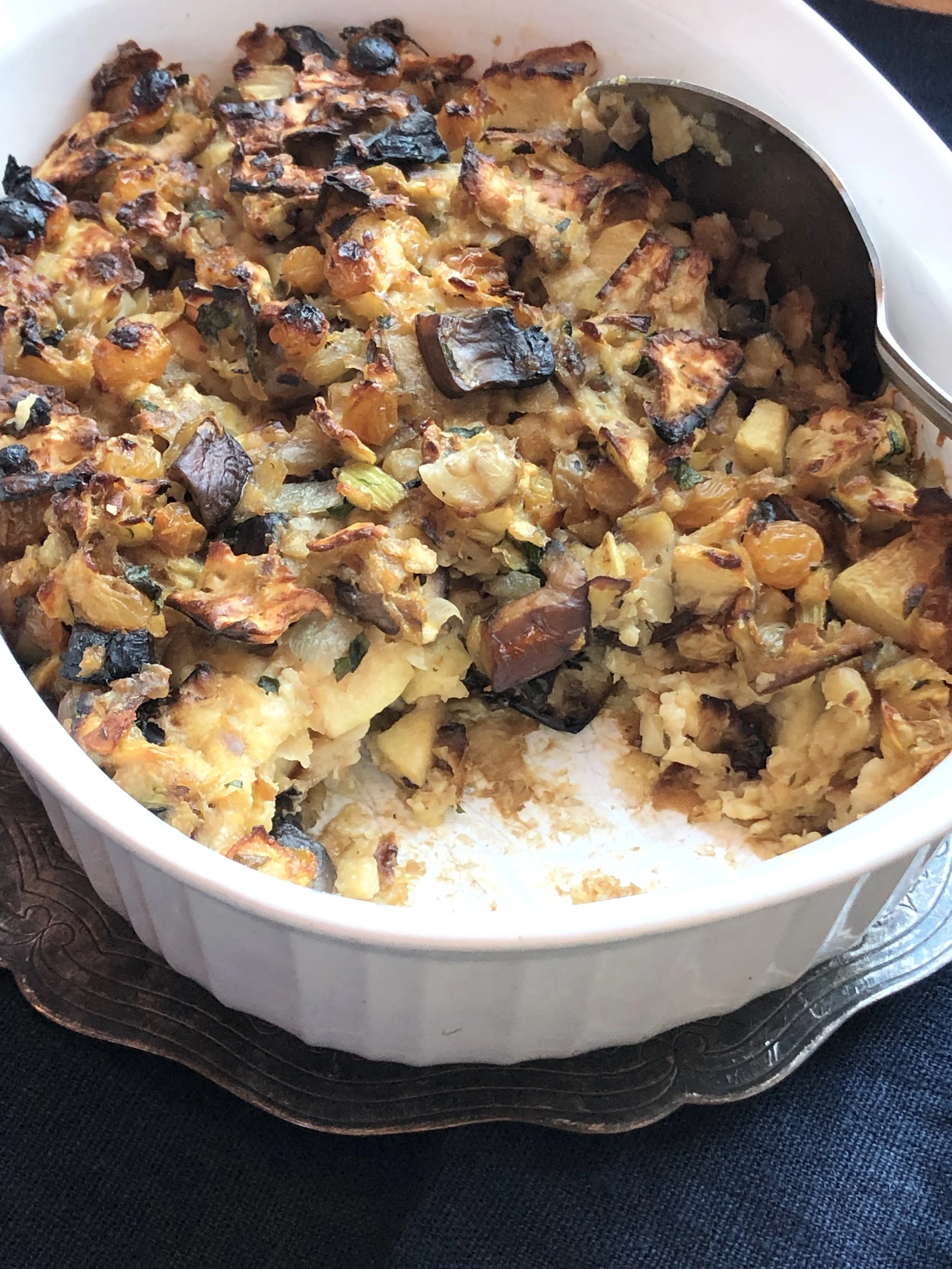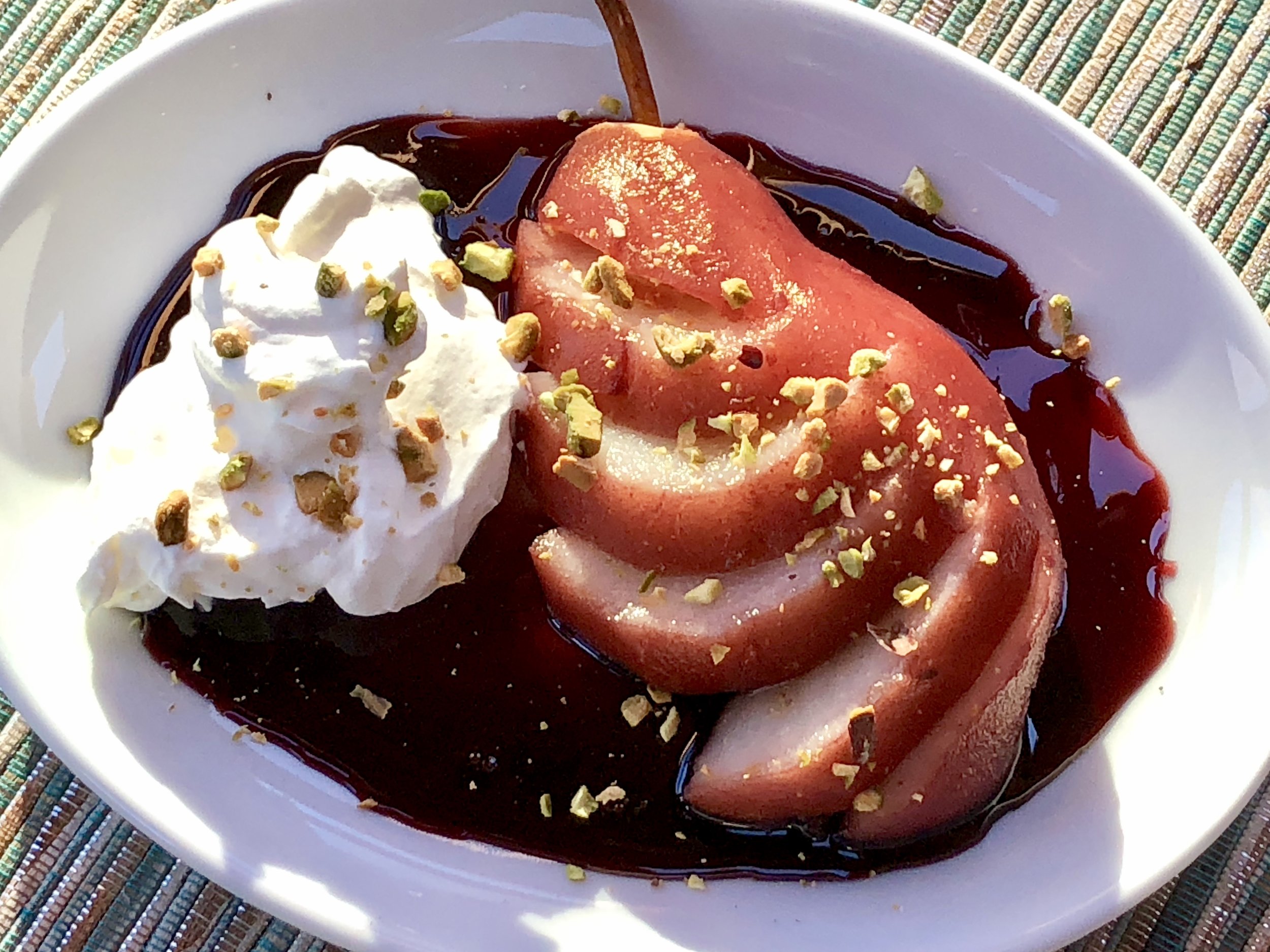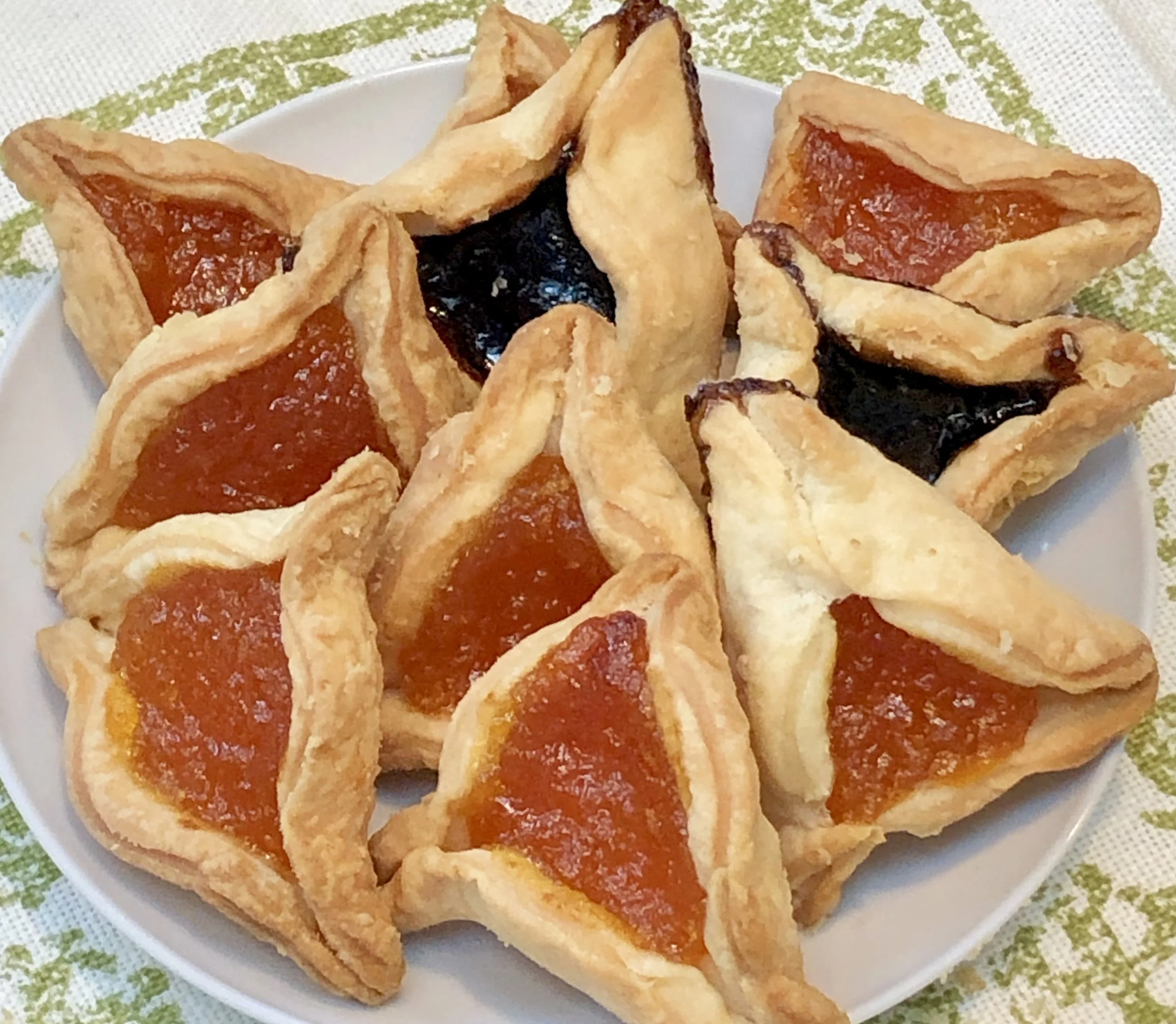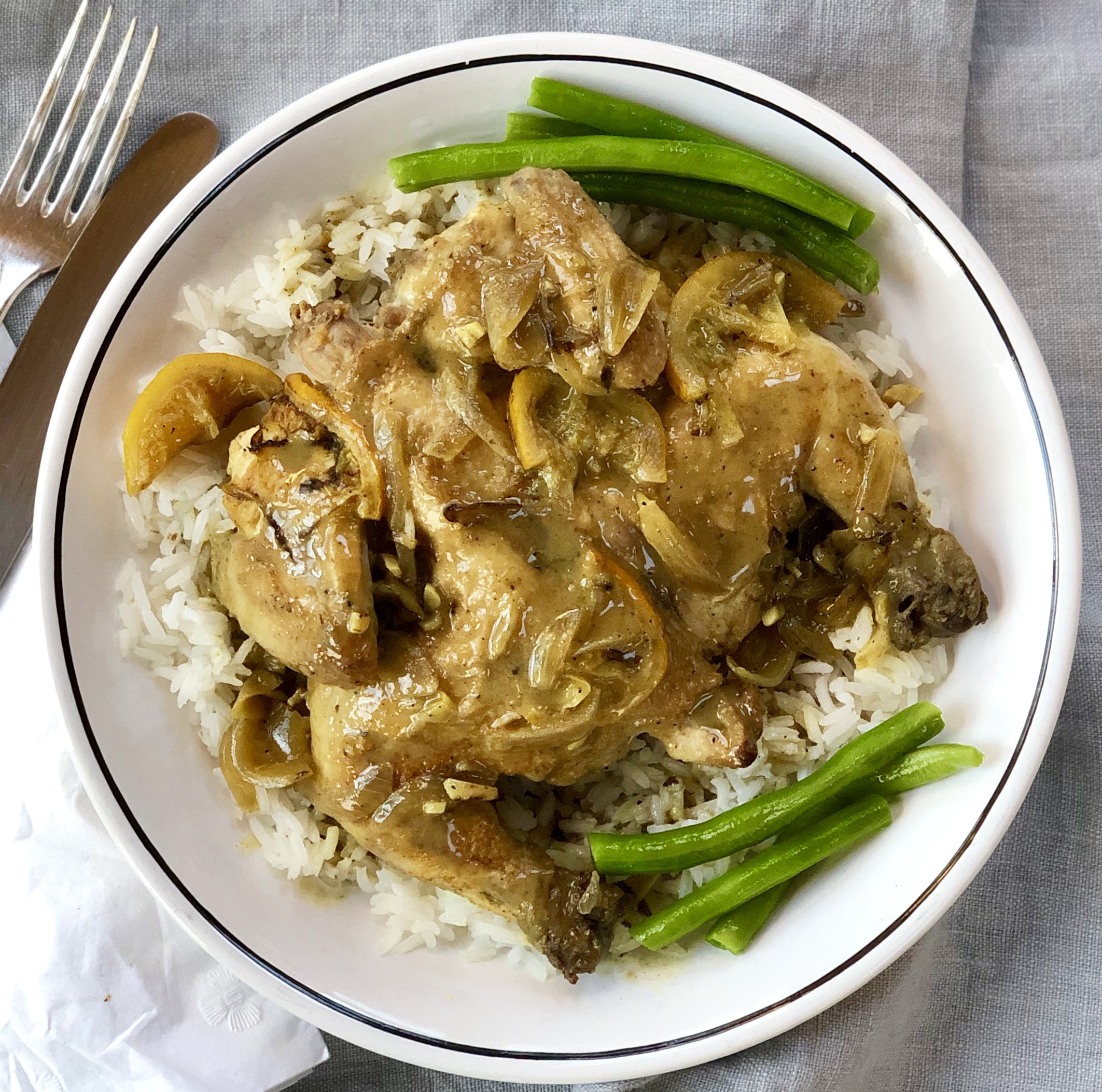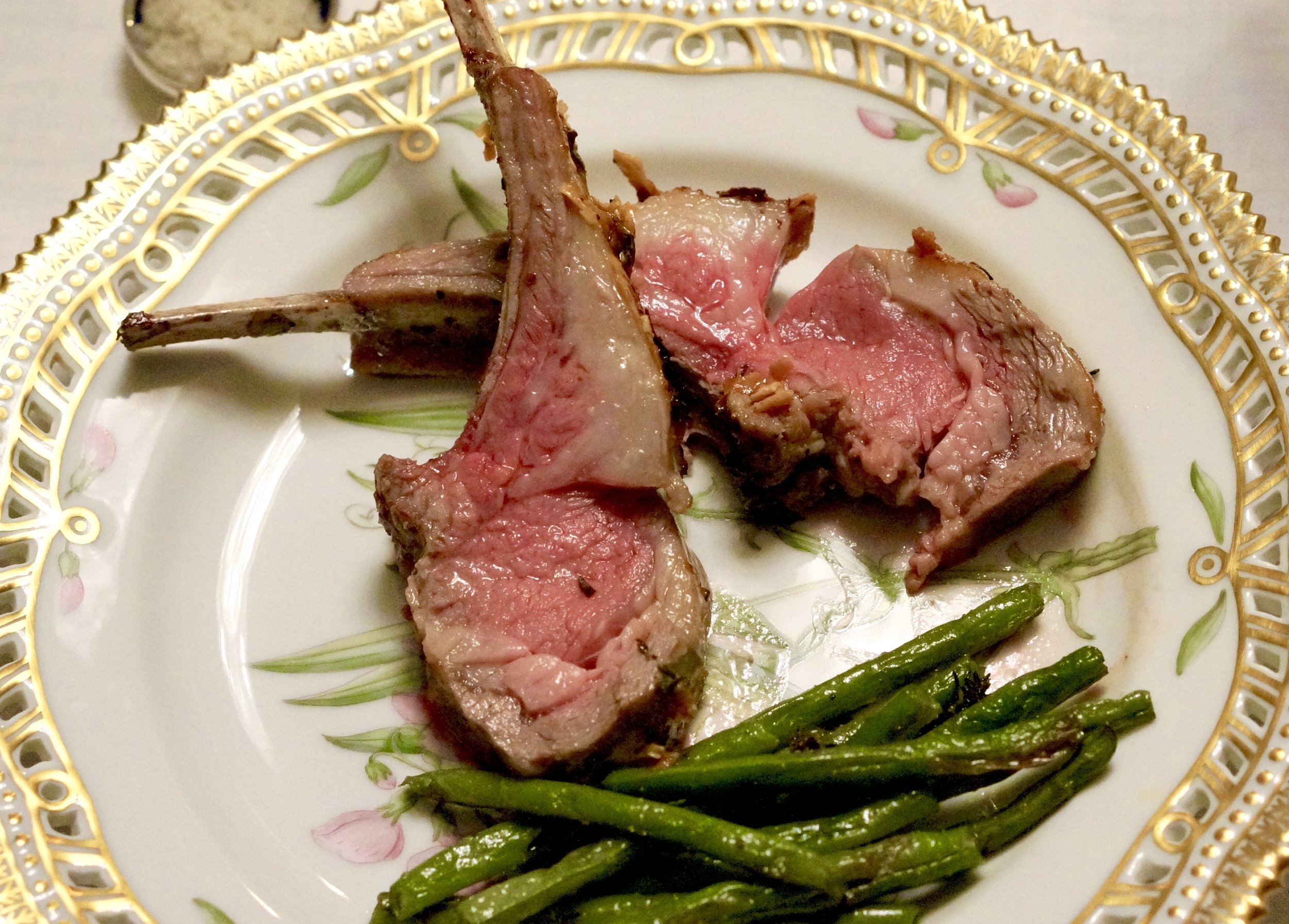Matzo Cheese Pancakes
People sometimes laugh at me because we are a year-round matzo family, year-round matzo-brei family.
I mean -- when something is delicious, why wait for Passover?
On the other hand, when Passover comes, I like to branch out from the usual matzo-brei breakfasts -- for instance, with pancakes like these, which are rich and holiday-festive, and also substantial enough for breakfast, lunch and even dinner.
Matzo Cheese Pancakes
1 cup cottage cheese
1 cup dairy sour cream
4 large eggs
1 teaspoon vanilla extract
1 teaspoon grated lemon peel or one tablespoon grated orange peel
1/2 cup matzo cake meal
2 tablespoons sugar
1 teaspoon potato starch
1/4 teaspoon ground cinnamon
salt to taste
1/2 cup raisins
butter for frying
In a bowl, combine the cottage cheese, sour cream, eggs, vanilla extract and lemon peel and whisk together until well blended. In a second bowl combine the cake meal, sugar, potato starch, cinnamon and salt. Spoon the liquid ingredients into the bowl with the cake meal and whisk until the batter is smooth and uniform. Fold in raisins, if used.
Heat about a tablespoon of butter in a large sauté pan or griddle over medium heat. When the butter has melted and looks foamy, add batter by heaping tablespoonsful and cook for 1-2 minutes or so until browned on the bottom. Turn the pancakes over and cook for a minute or so on the second side or until lightly browned. Add more butter to the pan as needed to prevent sticking.
Makes about 16
